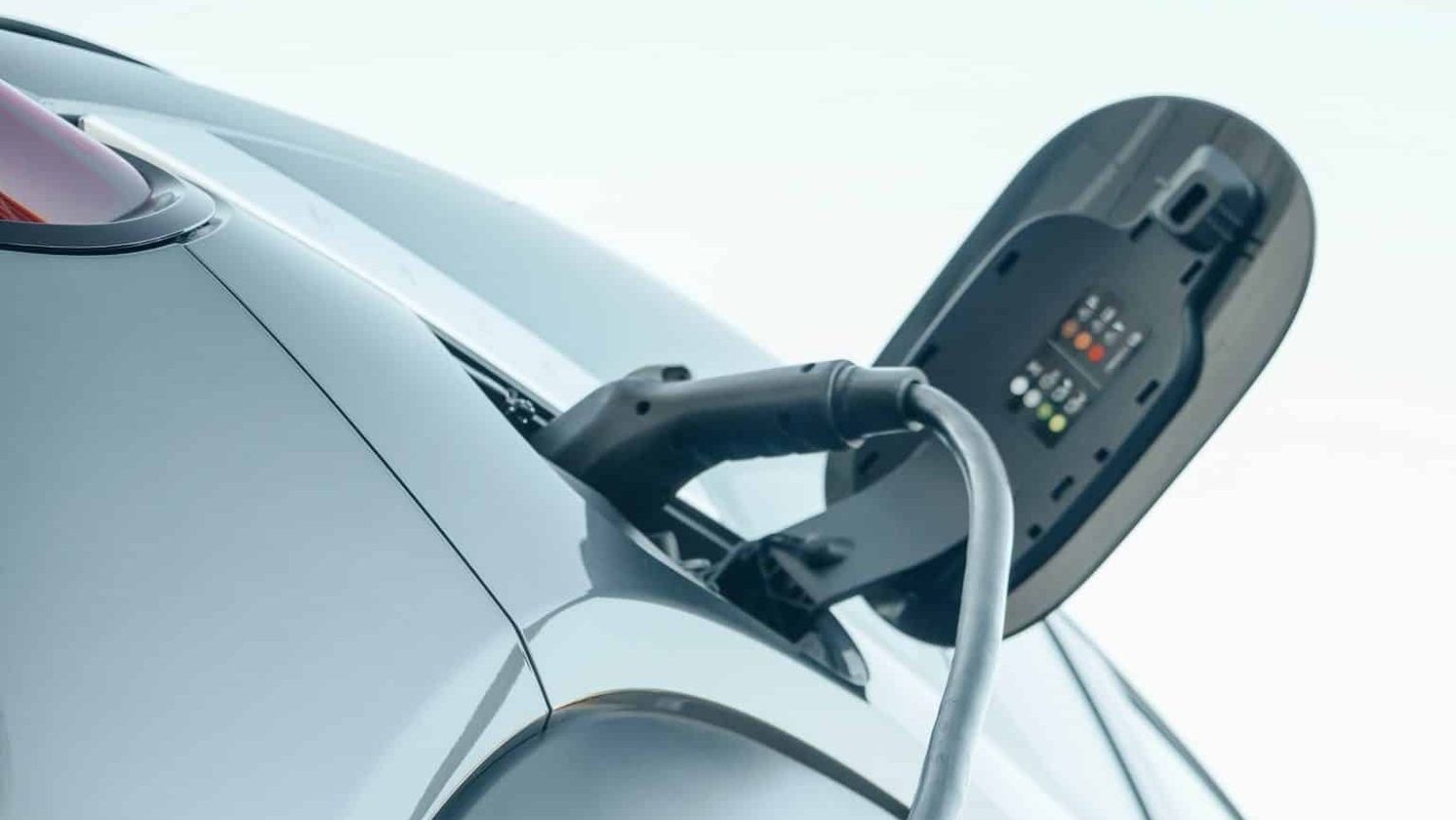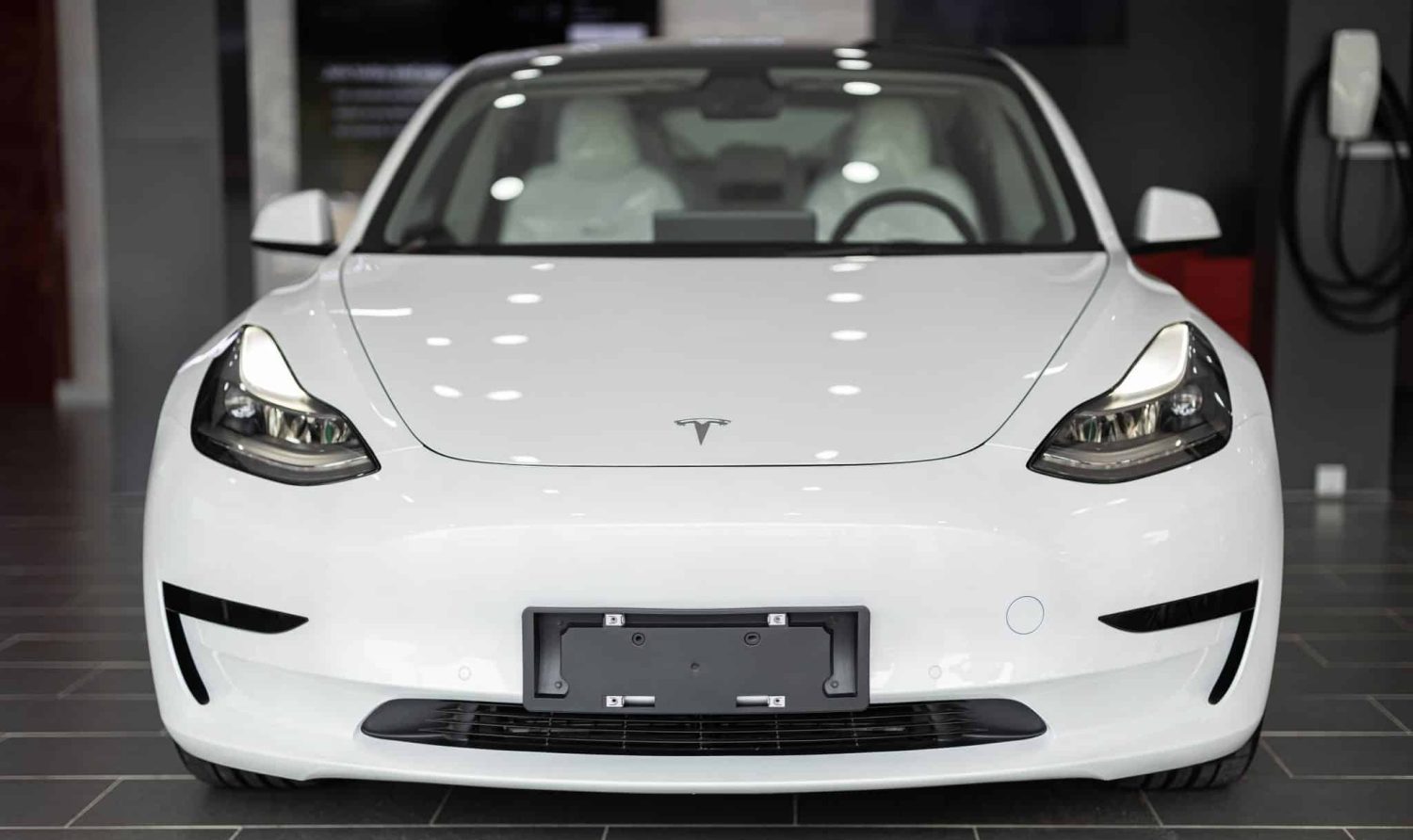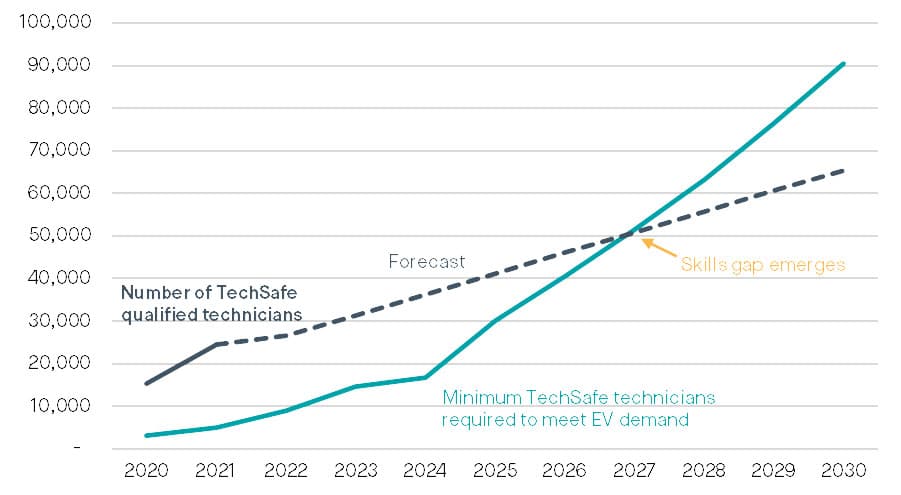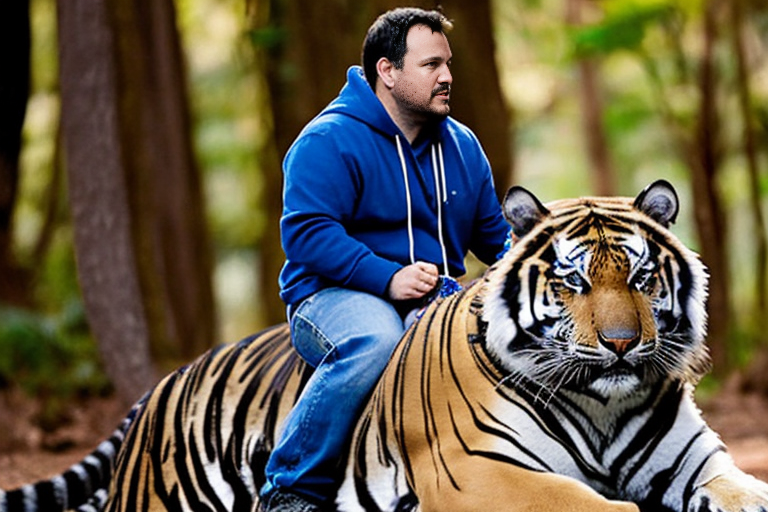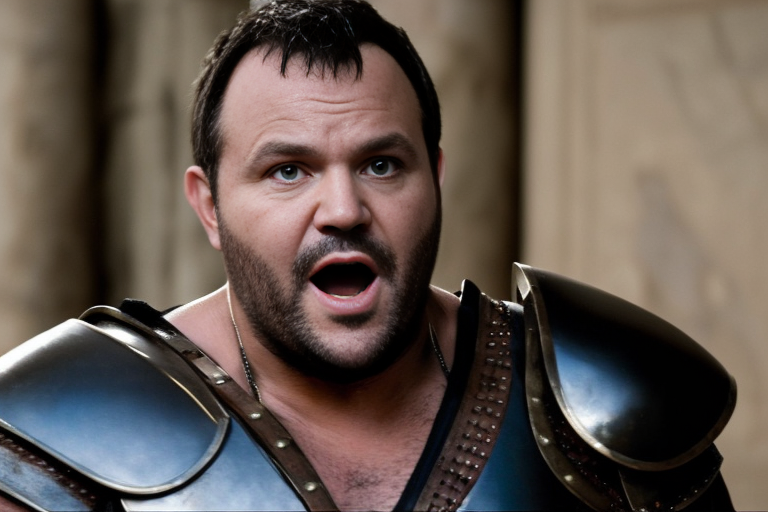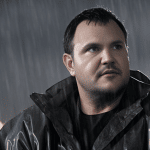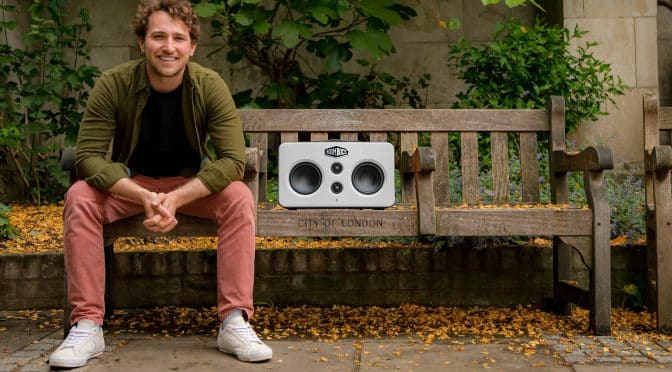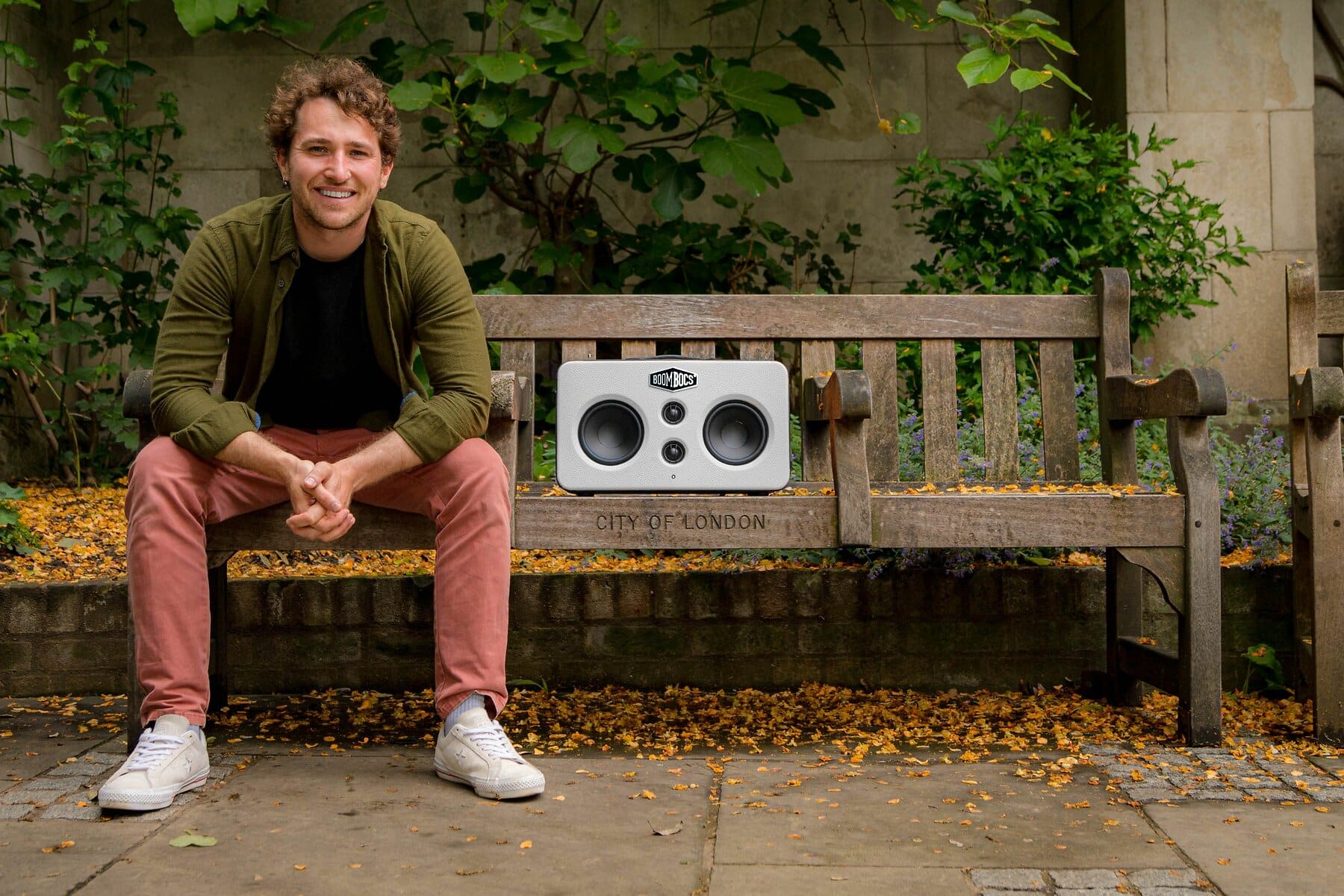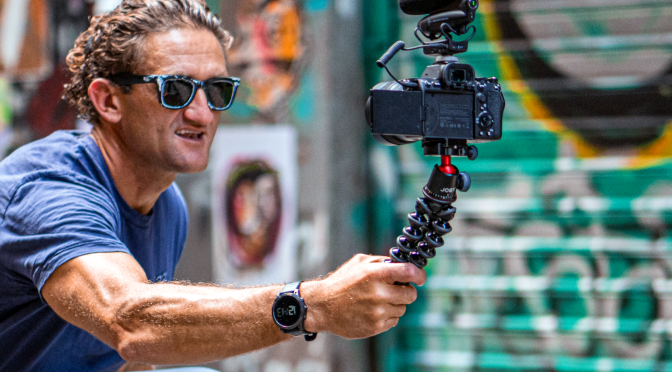If you have been paying attention to the ways in which we use streaming services, then you might have well noticed that they have changed a lot over the years, and not always (or usually) for the better. Aside from some top-quality shows getting cancelled, it feels like more and more content is getting gated, split off, and otherwise made harder for us to enjoy. We may not be able to return to the peak of online TV streaming, but there are some ways to make it suck less.

Don’t commit to them
Okay, so it might be a little inconvenient to think about which streaming service you’re going to be using each and every month but the truth is that being “loyal” doesn’t pay. You don’t get any bonuses for staying with any particular service for longer and, most importantly, you’re not locked down to any one service for any period of time. Most streaming services operate on a pay-as-you-go monthly basis. As such, you can make sure that you’re subscribed to whatever services are helping you watch whichever shows you’re invested in at the moment, and then, when you’re done with that, use a comparison site to find a service that’s offering a better selection for you next month.
Get access to overseas content
One of the ways that streaming sites have been increasingly gating off the content that they allow us to access is through region-locked content. This can be due to licensing issues, or not getting the rights to broadcast in all countries, but sometimes, it’s literally just because they don’t think certain media will appeal to certain audiences. If you want to learn how to watch Hulu with VPN, it’s super easy to be able to access the roster that some of your overseas friends might be gushing about. This way, you can make sure that you don’t get all amped up to watch something that you heard was available, only for inevitable disappointment when you find out it’s not available in your region.
Consider using some free options
If you’re starting to look at your budget and you’re a little distressed by just how much of it is taken up by subscription services, then it might be time for a detox. While you could switch to a method of switching sites month by month, you should also look at the sheer variety of free streaming services that are still available. Unlike a few years back, piracy isn’t your only option when it comes to watching shows that you can’t otherwise access. Most of these free streaming services do rely on ads, so you might not be getting exactly the same experience, but it’s not that bad a trade-off, overall.
With the increasing move of streaming services to a model that’s closer to traditional cable TV, we might be trying to hold back the tide. However, you can at least ensure that you get to enjoy your streaming services a little better for a little longer with the tips above.




